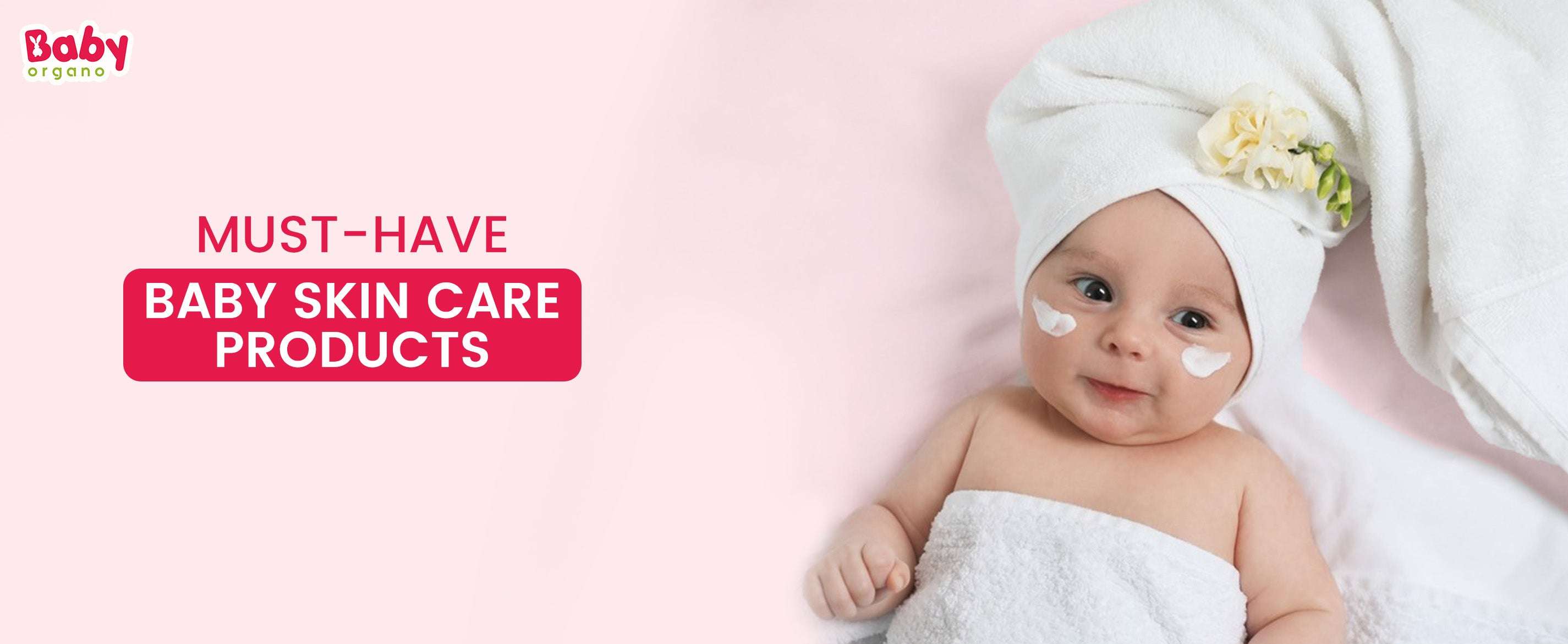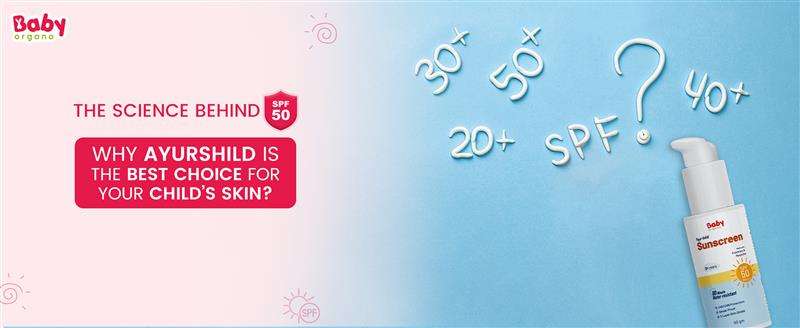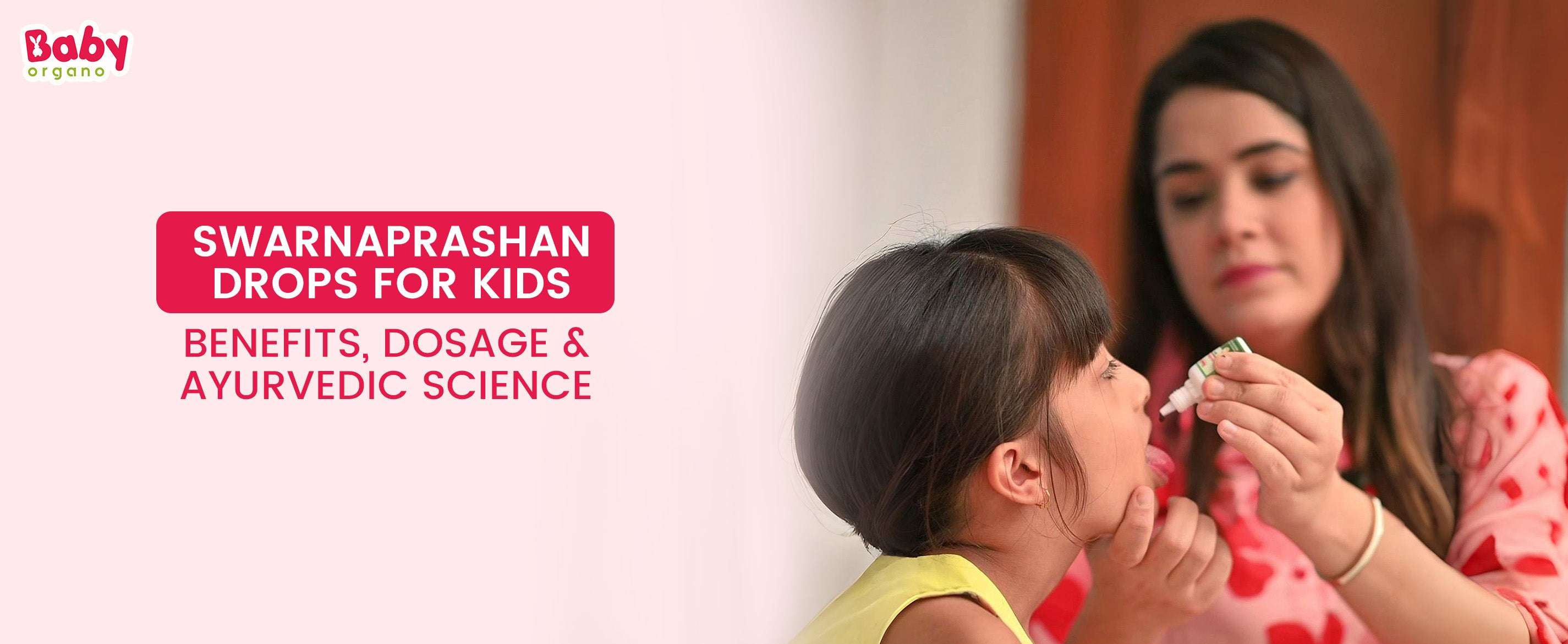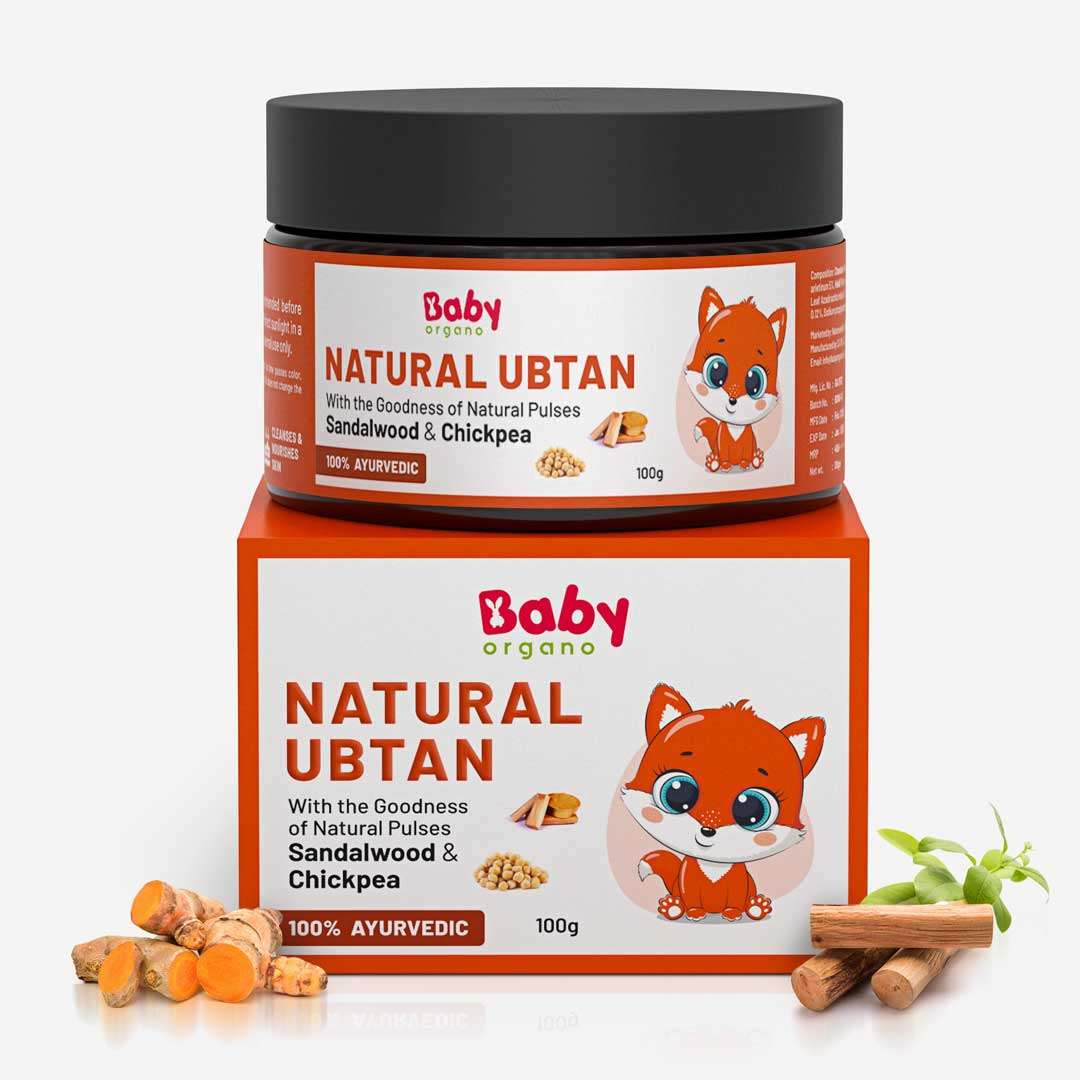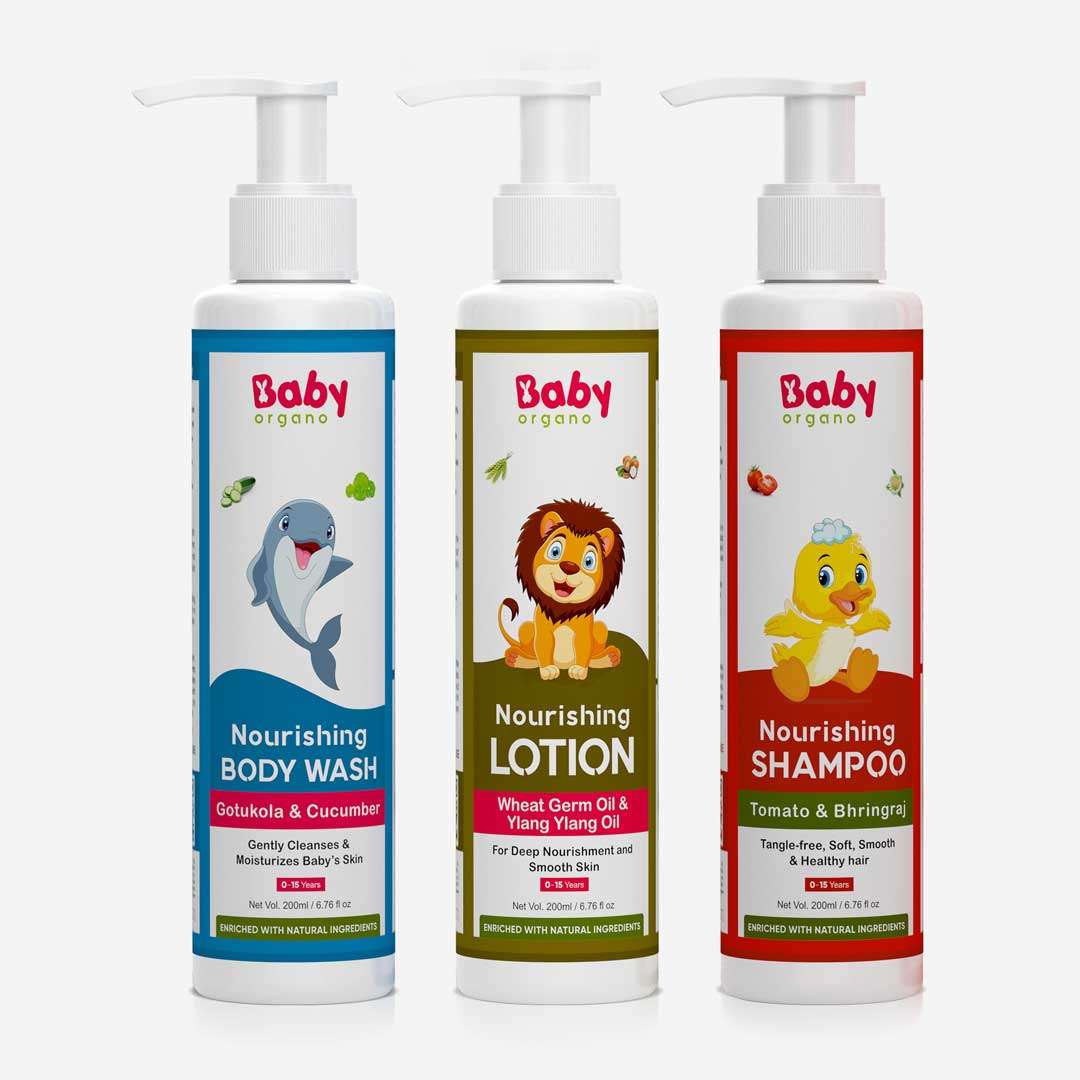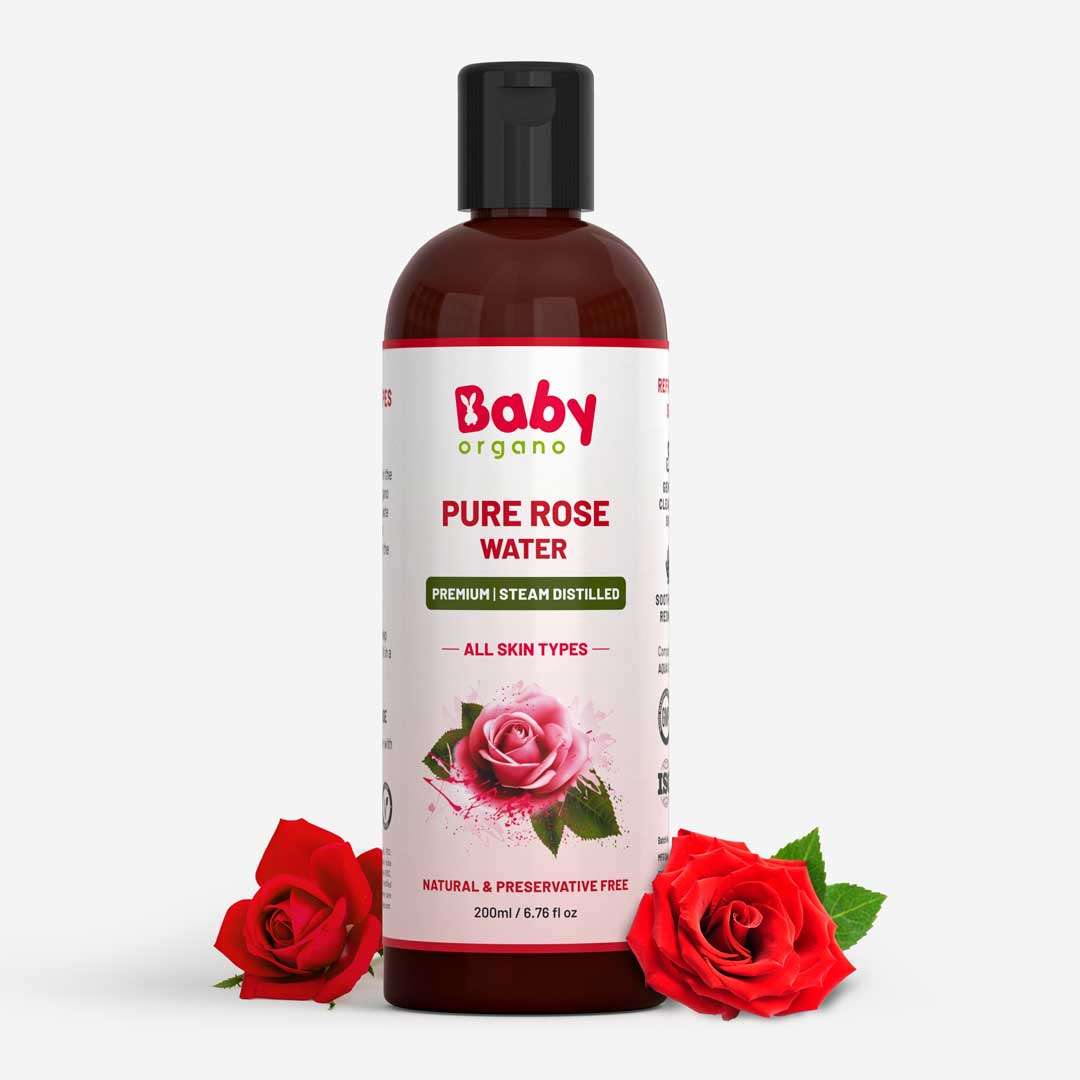Outdoor Adventures Made Safe: The Ultimate Parent’s Guide to Sun Protection
- by Dr. Urvi Ashani
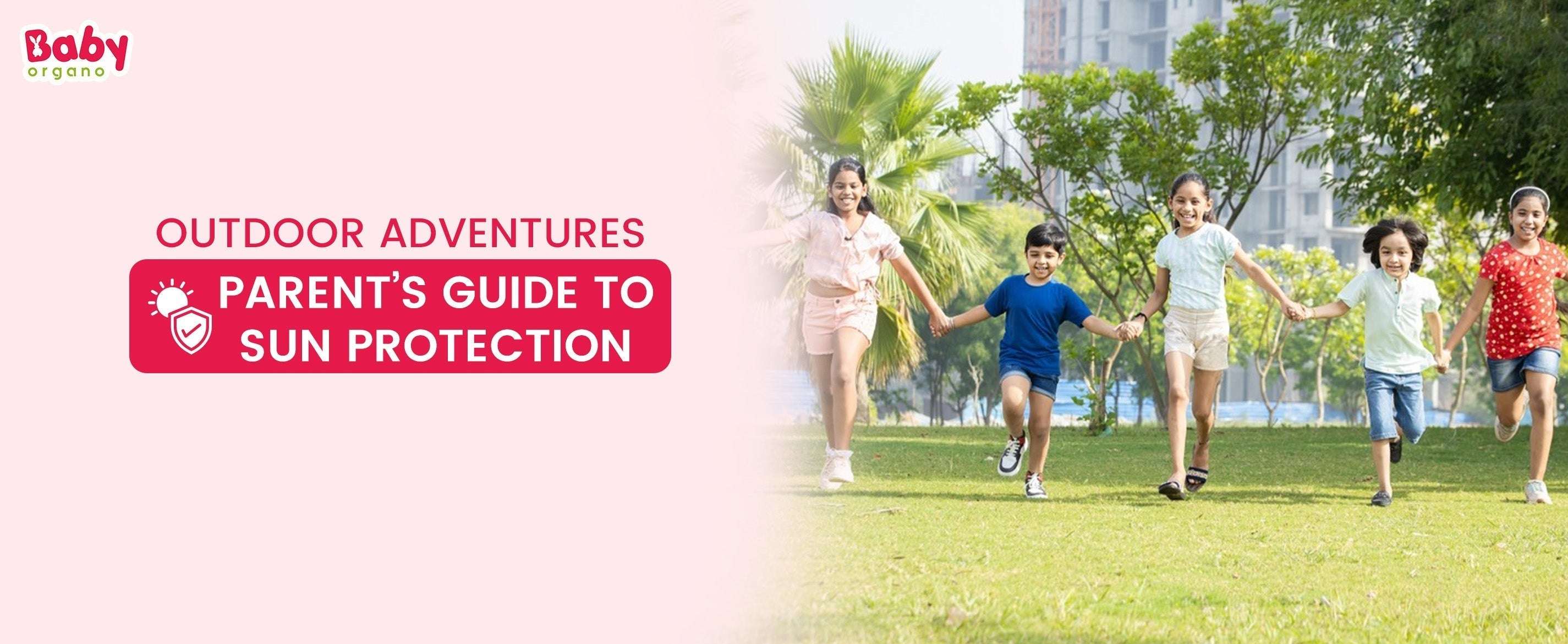
Summer is one of the most loved seasons. It is the perfect time to spend lazy afternoons in the pool, make sandcastles on the beach, and enjoy water sports. The smiling sun is good for your child’s adventurous outings but can be a bit harsh for their delicate skin.
Have you seen how your baby’s skin goes red with a gentle squeeze? This is because their delicate skin is prone to damage by the slightest of things, including chemical-infused baby care products or prolonged sun exposure. Your little one has a thin skin texture and low melanin, so they absorb more UV rays than you.
This article gives in-depth knowledge on sun safety practices that can help protect your child’s soft skin from sun damage outdoors. These smart tips will guard the skin and make outdoor activities more fun. So, let’s start:
Understanding Sun Exposure & Its Risks
Have you seen how your baby’s skin goes red with a gentle squeeze? This is because their delicate skin is prone to get damaged by the slightest of things, including baby care products or prolonged sun exposure. Your little one has a thin skin texture and low melanin, so they absorb more UV rays compared to you.
Though playing outdoors is essential for their growth, direct contact with the sun can cause various skin problems. Suntan, sunburn, redness, irritation, and itchiness are some common issues caused by extended sun exposure. Using the right skin care products for kids can help protect their delicate skin and prevent these problems. In the sections below, let’s understand the impact of staying out in the sun and how proper care can make a difference.
How UV Rays Affect Kids Skin?
Ultraviolet or UV rays are a type of electromagnetic radiation emitted by the sun and artificial sources like fluorescent lights. They have a wavelength of 100-400nm, which is shorter than visible light.
FYI, UV radiations are of three types: UVA, UVB, and UVC. The rays that rhea the Earth’s surface are UVA and UVB. Out of the two, the major radiations we get exposed to are the UVA type. These rays are revealed to cause early aging and melanoma (a type of skin cancer).
The UVB rays have benefits and demerits for us. These radiations are the primary cause of suntan and sunburn. However, they also produce Vitamin D, which aids calcium absorption, supports bone health, and improves immunity.
When is Sun Exposure Most Dangerous for Kids?
Reports suggest sun heat is most severe between 10 AM and 4 PM. During this time, the UV radiations are powerful and can cause mild to extensive skin damage. It is best to avoid letting your child out in this time frame. However, if stepping out, ensure they apply a Natural Sunscreen and wear full-sleeve clothes, sunglasses, and hats.
5 Common Sun Protection Myths
Here are the 5 most popular sun protection myths that 8 out of 10 people believe to be true but are not. Let’s know about them:

Essential Sun Protection Strategies for Kids
As mentioned above, kids have thin skin that is easily damaged by the sun's harmful rays. They have a low level of melanin, too. Melanin is a pigment in the skin, eyes, and hair of humans and animals. It determines the skin color and gives natural protection against UV radiation.
Considering this, it is important to give your child strong sun protection. Given below are some essential sun protection strategies you can adopt to give your child healthy skin:
Choosing the Right Sunscreen for Your Child
The first and foremost step in your sun protection strategy for kids is to pick a gentle yet efficient sunscreen. You can start by choosing a sunscreen made with Ayurvedic or natural ingredients.
For the second step, check the product's sun protection factor or SPF count. The SPF parameter denotes the sunscreen for kids' protection level against UV rays. Most dermatologists suggest using SPF 30-50 for children to guard their skin naturally. The broad-spectrum formula of the sunscreen for kids works against both UVA and UVB radiations. Moreover, you must invest in water-resistant sunscreen for kids to stay safe even after sweating or water-related activities.
You must buy kid-friendly sunscreen, free from harmful chemicals like oxybenzone, parabens, and synthetic additives. Made with Ayurvedic herbs, these sunscreens have a mineral-based formula that stays on the skin rather than getting absorbed. The soothing ingredients protect and nourish the skin.
Sun-Protective Clothing & Accessories
Summer is for light and comfortable clothes that allow the passage of air and absorb sweat. You must choose breathable and soft fabrics like cotton or linen.
Plus, wearing long-sleeved clothes during the summer season might sound weird to most of you. However, these sleeves provide coverage of hands and legs from sun exposure. Strictly avoid dark colors like black and weighted fabrics in the hot season for a cold and soothing feel.
When stepping out in the sun, don’t forget to give your child a wide-brimmed hat that covers their face and neck. Fancy sunglasses will protect their eyes from sun damage and enhance their look. If you use a stroller for your toddler, use a clip-on sunshade or a light, breathable cover to shield them from the sun.
Kids Sun Safety for Outdoor Activity
Summer calls for sunbathing by the beach, water sports, and playground adventures with friends for your little one. But staying out in the sun leaves their skin susceptible to tanning and sunburn. Stopping them from enjoying it is next to impossible for you. So, here are some safety tips for your child’s outdoor fun in the sun:
Beach & Pool
Kids love staying in the water to beat the summer heat. They go swimming, lie down in the backyard pool, or play beach games. As water reflects UV rays, the risk of skin damage increases substantially in the water.
This is when a natural water-resistant sunscreen can shield your baby’s delicate skin. The best dermatologists suggest a generous sunscreen application before dipping into the water for UV protection. Lastly, ensure your child wears full-sleeved swimsuits to cover their tiny bodies.
Park Playdates & Playgrounds
During summer, the neighborhood playground and garden become the favorite spots for children to gather and play. It is good to fix their playtime in the early morning or late afternoon when the weather is cool. Choose a playground with many trees so your child gets sufficient shade to rest between games. Moreover, give them a water bottle and encourage them to take breaks every 15-20 minutes to avoid dehydration.
Your kid is likely to lose water and electrolytes as they sweat. Make them drink electrolyte-rich drinks like coconut water to maintain their hydration level. Lastly, keep their clothes light and breathable so they don’t feel excessive heat when playing.
Hiking & Camping with Kids
Hiking and camping are excellent options for a family trip this summer season. Keep your little ones safe from sun damage by giving them the right care.
Use a broad-spectrum sunscreen with a long-lasting effect, and don’t forget to reapply every two hours. Moreover, your sunscreen must be a water-resistant formula that stays on the skin after sweating. For clothes, make them wear long-sleeved cotton T-shirts and full trousers. You can give them a hat, sunglasses, an umbrella, and a sunshade for extra safety.
Teaching Kids Sun Safety Habits
Kids are curious beings who love experimenting with new things. For them, anything that grabs their attention becomes their favorite. The best way to bring sun protection into their interest circle is to go out of your way to get them used to it.
Teach by example. Most kids have a habit of copying their parents. You can apply sunscreen in front of them every day before moving out of the house. Moreover, they can be educated about the importance of sunscreen through articles and blogs. Praise them every time they remember to apply sunscreen. These tiny gestures will motivate them to use sunscreen when moving out in the sun.
Wrapping up
We know you love watching your little one enjoy summer out in the sun with their friends. Make them create these beautiful childhood memories without damaging their skin with the right suncare practices.
This article also discusses the importance of sunscreen and lists various precautionary measures to protect your baby’s delicate skin from sun damage. We hope the sun care tips mentioned here will help you care for your child’s skin as they play out in the sun. Enjoy your summer to the fullest!
Frequently Asked Questions (FAQs)
Do kids require sunscreen?
Yes, kids need good sunscreen to prevent skin problems such as tanning, irritation, sunburn, and even skin cancer. It is advised to use an Ayurvedic sunscreen with natural ingredients and herbs. Ensure it is free from chemicals and artificial fragrances.
How often should I reapply sunscreen on my kid?
It is best to reapply sunscreen every 2 hours. Apply sunscreen before going swimming or sweating.
Does my child need sunscreen on cloudy days?
Yes, your child needs sunscreen on cloudy days, too. The UV rays can penetrate through the clouds and damage the skin.
What SPF is better for kids?
Most dermatologists suggest using SPF 30-50 for kids.
- Posted in:
- Parenting tips


